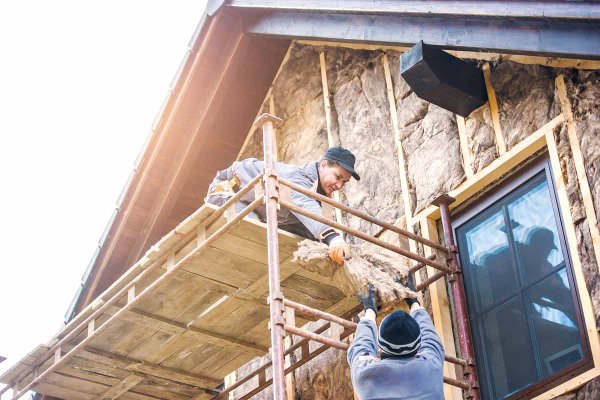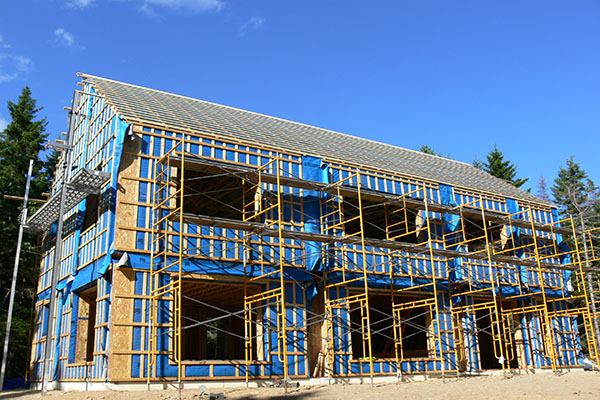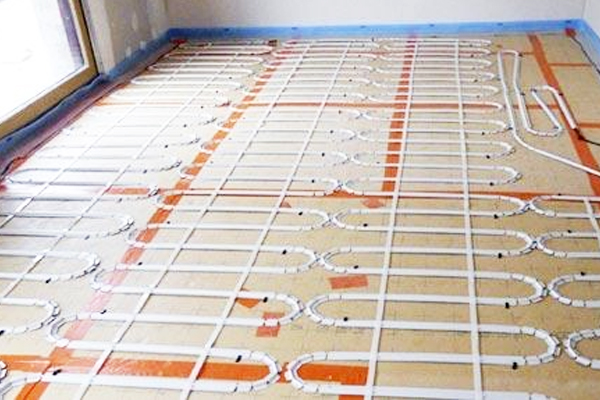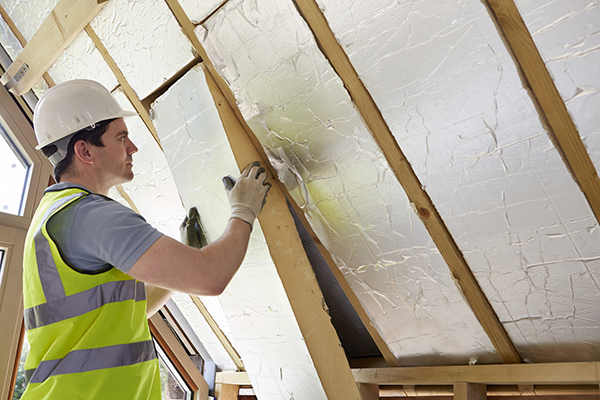A well-designed home needs less energy to keep the indoor environment comfortable. Proper insulation along with draught proofed building and passive solar design needs less or no power for heating and cooling.
Existing homes can also be transformed into using less electricity with the concept of passive design.
High-efficiency heating technology
There are two types of heaters used
- Radiant heaters – Heaters are designed to heat objects directly through heat radiation. It is the best option in draught rooms and large space with high ceilings.

- Convective heaters – Heaters heats the air, which gets warm and circulates in a room. Effective in small spaces.
Energy choices
- Gas heaters or HVAC model with 5 to 6 stars produce less emission.
- Wood is excellent because it is renewable, if harvested properly. In urban areas, it is not used as it creates pollution and emission associated with transportation.

Central vs. space heating
Central heating influences greenhouse impact and operating cost. Therefore, space heating needed rooms is advised to create energy efficient house. Professional builders can help you plan an energy efficient house.
Cooling technology
The cost and green house emission running a mechanical fan and evaporative cooler is low. For going green, you can opt for geothermal or solar air coolers.
Under floor heating and cooling
Other forms of heating are heated floors, which operates on heat transmission through direct contact. Energy is harnessed from the underground through boreholes. Coils of pipes are installed under the floor and warm or cool water is transferred efficiently through their system. Thus the entire floor is used and as warm air rises up low temperature heat is necessary to attain an ambient temperature inside the home.

Underfloor heating maintains heat/cold at appropriate level, which aims to provide a person with warm feet and cool head rather than using energy to heat the unoccupied space, over your head. It is a versatile option because the walls do not need any equipment mounted.
To stop the loss of heat
- Insulate walls, floor, and roofs
- Seal the draughts
- Allow winter sun inside & at night draw curtains
- Create zones to heat needed rooms, only
- Close doors to prevent escape of heat in unused rooms
- Use heavy curtains to reduce draughts from windows
- Use snug pelmets to prevent air flow through window sides and top
- Position furniture and heater in a way to avoid or deflect draughts
- Choose heaters of right size. Oversized one can be waste of money and energy







